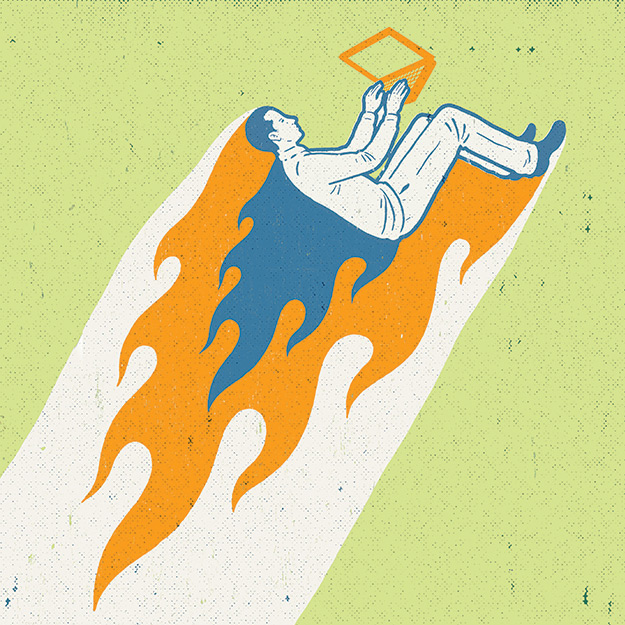Winter 2016: Energy Evolution
From carbon dioxide conversion to landfill mining, researchers at UTA are seeking viable alternative energy options.
Skip to content. Skip to main navigation.
From carbon dioxide conversion to landfill mining, researchers at UTA are seeking viable alternative energy options.
Found in everything from space shuttles to dental fillings, composite materials have thoroughly infiltrated modern society. But their potential is still greatly untapped, offering researchers ample opportunity for discovery.
Within the particle showers created at the Large Hadron Collider, answers to some of the universe’s mysteries are waiting.
Model systems like pigeons can help illuminate our own evolutionary and genomic history.
UT Arlington's tiny windmills are bringing renewable energy to a whole new scale.
The stability of our highways, pipelines, and even manholes is reaching a breaking point.
Scientists believe they have discovered a subatomic particle that is crucial to understanding the universe.
UT Arlington researchers unlock clues to the human body’s most mysterious and complex organ.
UT Arlington researchers probe the hidden world of microbes in search of renewable energy sources.
Wounded soldiers are benefiting from Robert Gatchel’s program that combines physical rehabilitation with treatment for post-traumatic stress disorder.
Tiny sensors implanted in the body show promise in combating acid reflux disease, pain and other health problems.
Nanotechnology researchers pursue hybrid silicon chips with life-saving potential.
Biomedical engineers combat diseases with procedures that are painless to patients.

Got 10 seconds to spare? Thanks to a computer program designed by UTA researchers, that's all you need to create a user interface for a new mobile application.
Called PixeltoApp, the program streamlines the process of creating an app, which typically requires time-consuming collaborations between graphic designers and programmers. In contrast, PixeltoApp uses a technique that automatically converts screen designs to apps by creating user interfaces with information obtained from the images. The process averages nine seconds.
Christoph Csallner, an associate professor in the Computer Science and Engineering Department, is the team's primary investigator, but the program is the brainchild of Tony Nguyen, who received his Ph.D. from UTA in 2015. He came up with the idea during his internship at Google after observing how professional developers work.
"I watched how long the activation process took to complete, and I wondered if I could develop a tool that would eliminate some of that work and allow developers to focus on tasks that only humans can do," says Dr. Nguyen, who now works for the company.
Having received a National Science Foundation I-Corps grant, the team is currently analyzing the market fit for PixeltoApp. Computer science master's student Siva Balasubramania will then design a business model for the program based on feedback from customers targeted for initial testing.
"Once we finalize our plan, we'll use tools such as LinkedIn to interact with potential customers and ensure that we are designing the product to meet their needs," Balasubramania says. "We want to know problems they've encountered, solutions they've adopted, and who is in a position to decide the next steps."
College of Engineering Dean Khosrow Behbehani has high praise for the team's work: "The core of engineering is to make life better for humans," he says. "Inventions such as PixeltoApp, which cut hours from a tedious task and free programmers to complete more important ones, are a fine example of how our faculty and students are applying their knowledge to this idea."
Illustration by Dan Page